Scientists at KAUST in Saudi Arabia have developed a gravity-powered cooling system that extracts water from the air without using electricity.
From King Abdullah University of Science & Technology (KAUST) 03/10/24 (first released 29/09/24)
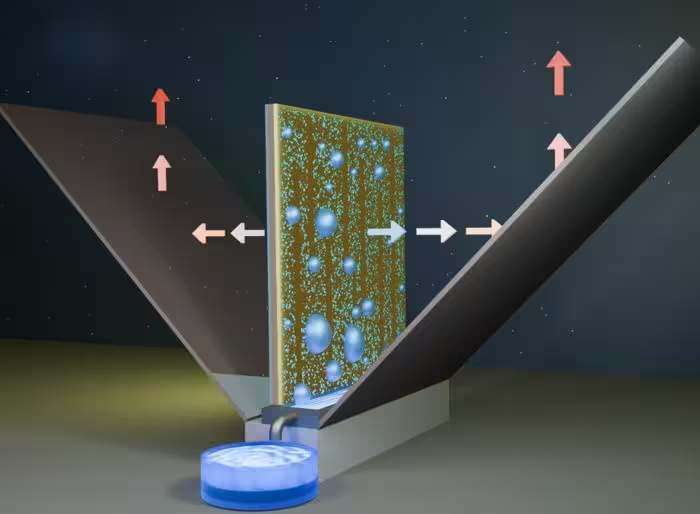
Its abundance of sunlight and heavy investment in solar cell technology has positioned Saudi Arabia well in its transition to becoming a leading exporter of renewable energy.
Indeed, solar energy currently makes up more than 80% of the Kingdom’s green energy capacity.
However, these cells bring a twisted irony, as their operation risks them from overheating.
Cooling systems are therefore necessary, but many depend on electricity.
An international research team led by KAUST Professor Qiaoqiang Gan has designed a potential solution.
Their device needs no electricity, as it extracts water from the air using nothing more than gravity and relies on cheap, readily available materials.
Along with keeping the solar cells and other semiconductor technologies cool, the water can be repurposed for irrigation, washing, cooling buildings on which the solar cells are placed, and other applications.
Scientists estimate that the atmosphere contains six times more water than all the fresh water in the rivers combined.
“This water can be collected by atmospheric water harvesting technologies”, says Gan.
While these technologies work reasonably well, in arid environments like that of Saudi Arabia they require electricity to harvest practical amounts of water.
This demand risks deterring the adoption of solar cells in rural regions of the Kingdom, where electricity infrastructure is costly.
One reason for the low efficiency is that the water adheres to the surface of the harvesting device.
Professor Dan Daniel and Shakeel Ahmad, a postdoc in Gan’s group, found that by adding a lubricant coating that is a mix of a commercial polymer and silicon oil, they could collect more water by relying on only gravity.
“A common challenge in atmospheric water harvesting systems is that water droplets tend to remain pinned to the surface [of the device], necessitating active condensate collection.”
“Our coating effectively eliminated pinning, enabling true passive water collection driven by water,” says Ahmad.
“Since this system operates entirely on passive radiative cooling, it doesn’t consume any electricity.”
The solution is based on previous technology made by Gan, which he describes as “vertical double-sided architecture”.
That system was originally designed to reflect thermal heat back to the sky to keep the solar cells cool but not to capture the water produced.
The new device was tested six times over the span of a year in natural conditions in the town of Thuwal, about 100 km north of Jeddah, and could almost double the rate of water collection compared with alternative atmospheric water harvesting technologies.
Along with the efficiency of the water collection, Daniel is equally excited about the economic benefits of adopting.
“The system doesn’t consume any electricity, leading to energy savings.”
“Moreover, it doesn’t rely on any mechanical parts like compressors or fans, reducing the maintenance over traditional systems, leading to further savings,” he said.
Along with Gan and Daniel, KAUST Associate Professor Gyorgy Szekely contributed to the study, which was published in Advance Materials.
This project is one of the many ongoing at the new KAUST Center of Excellence for Renewable Energy and Sustainable Technologies.
More info
You may also be curious about:
-
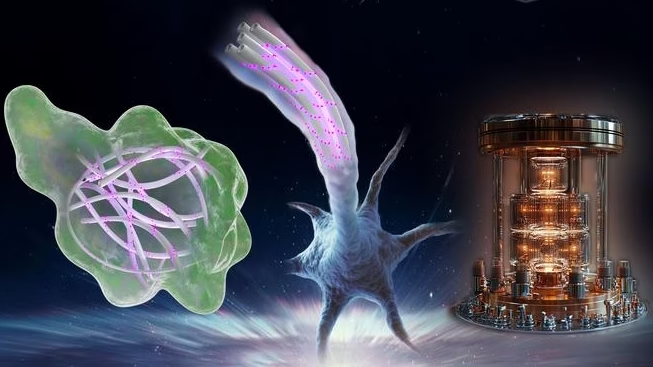
All biological systems may be leveraging quantum information processing
-
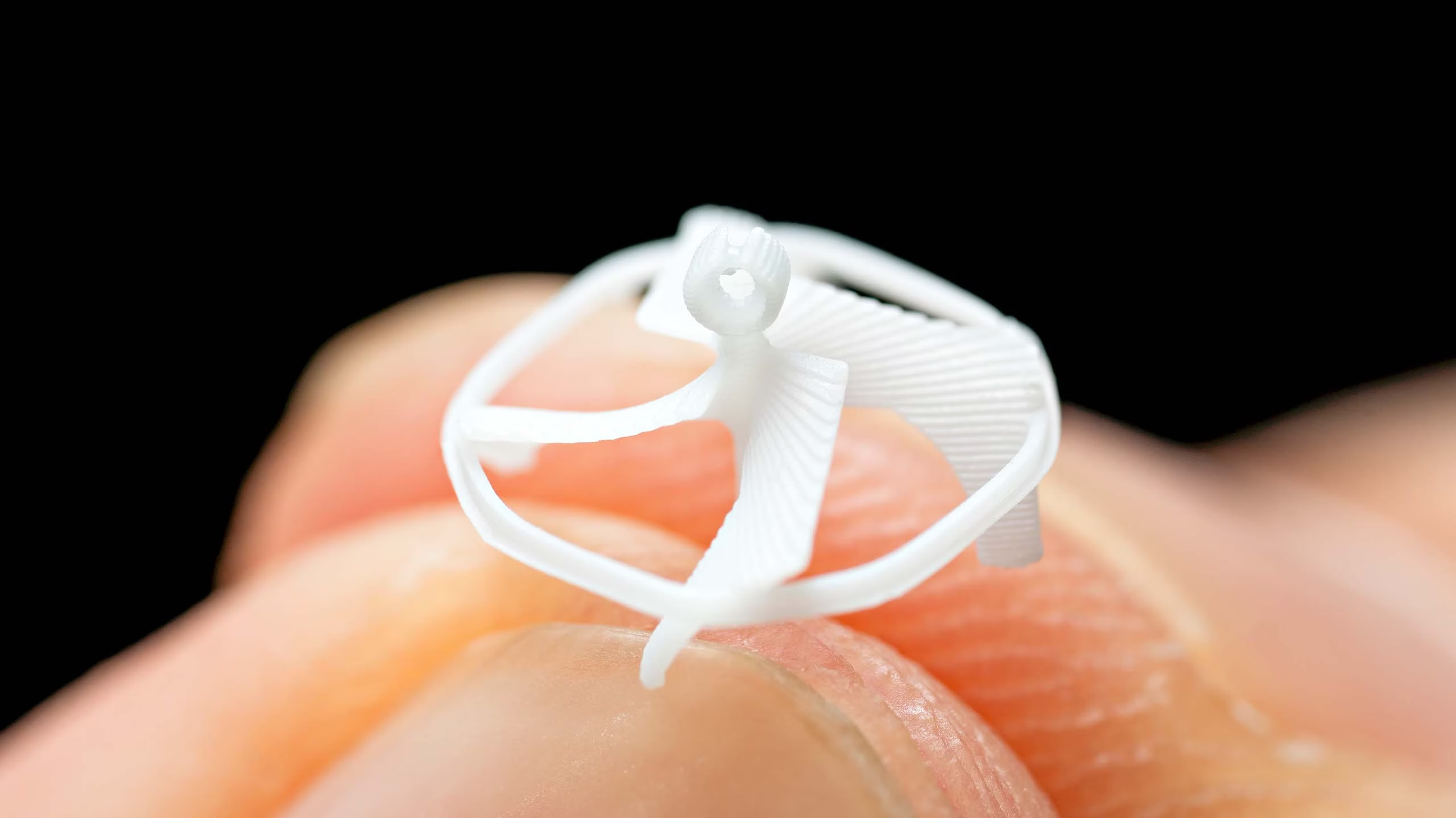
Engineers create world’s smallest flying robot with zero electronics onboard
-

Calorie-free sweeteners can disrupt the brains appetite signals
-
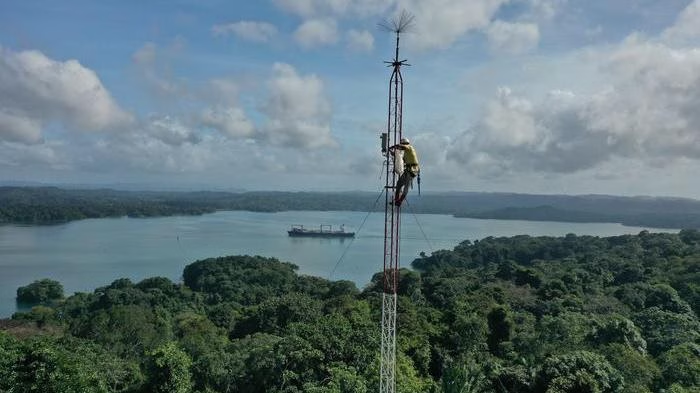
Getting hit by lightning is good for some tropical trees
-
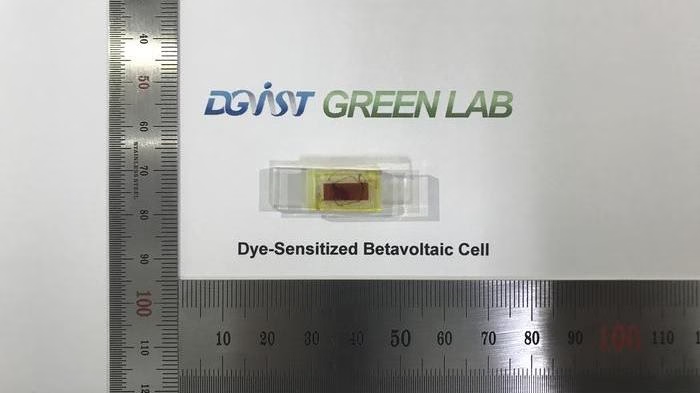
A safe nuclear battery that could last a lifetime
-

Fruit, fibre, dairy and caffeine may prevent tinnitus
-
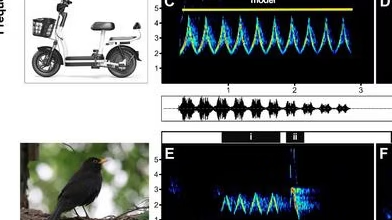
Chinese blackbirds mimic electric moped alarms
-
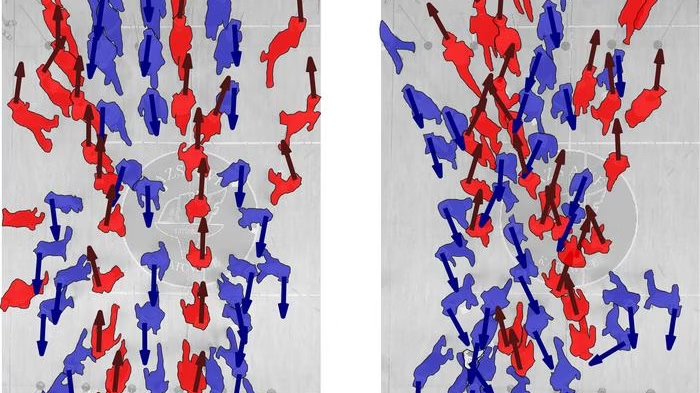
Mathematicians uncover the logic behind how people walk in crowds
-
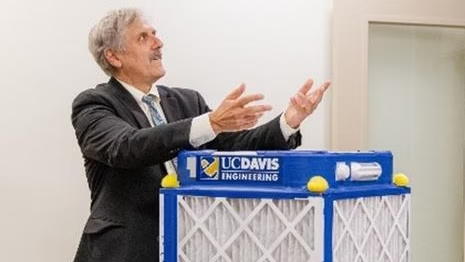
Scientists test low-cost DIY air purifier and it beats expensive alternatives
-
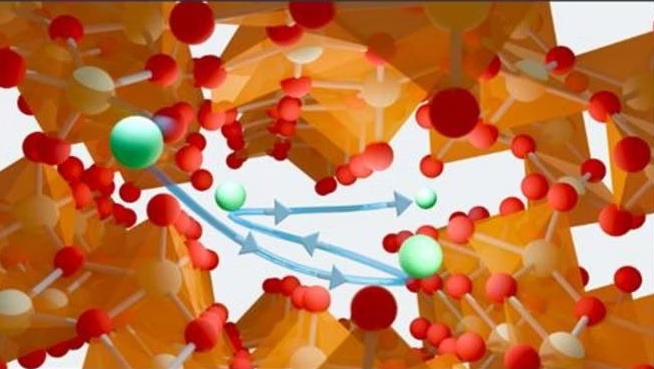
Producing nuclear fusion fuel is banned in the US for being too toxic, but these researchers found an alternative
-

To the brain, Esperanto and Klingon appear the same as English or Mandarin
-

Unveiling the mysterious sprite fireworks over the Himalayas
